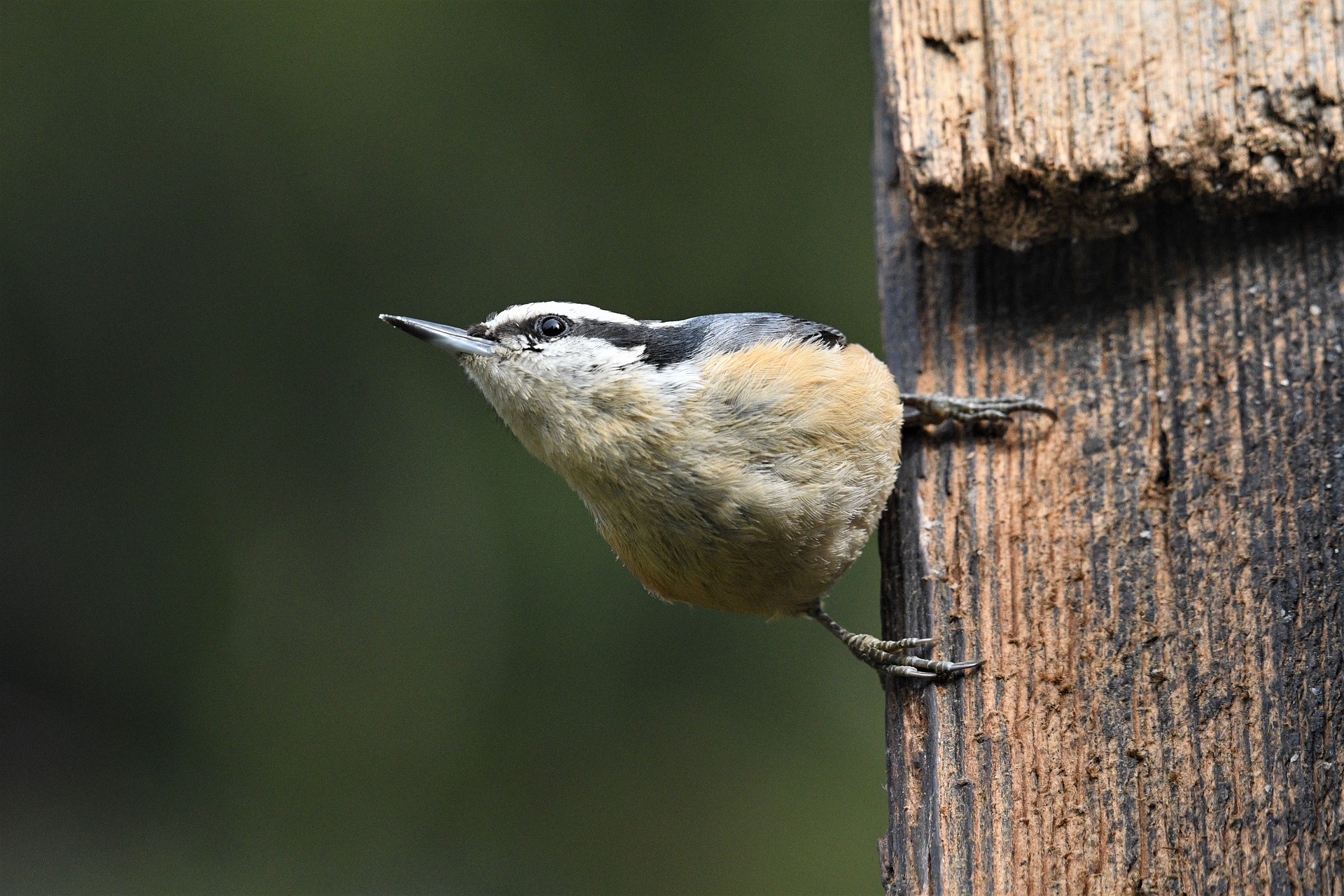Decoding the Avian Language: Understanding Birdsong
Immerse yourself in the chirps, tweets, and melodies of birds. Welcome to the fascinating world of avian communication, where every trill and warble has a meaning.

Delving into the History of Birdsong Studies
The study of birdsong has a rich and vibrant history. In the early 20th century, scientists began to recognize that bird vocalizations were far from random, but instead, complex patterns that conveyed specific messages. Over the years, ornithologists have discovered that birds use their unique songs for a variety of purposes, including attracting mates, marking territory, and warning other birds of danger.
Birdsong in Today’s World
In recent years, research on avian communication has taken a new turn. Scientists are increasingly focusing on how human activities, such as urban development and noise pollution, are affecting birdsong. Some bird species are adapting their songs to be heard over the din of city noise, while others may be struggling to make themselves heard.
Unraveling the Complexities of Bird Songs
While humans may hear birdsong as beautiful but random sounds, bird vocalizations are a form of intricate language. Each species has its unique song, often composed of specific sequences or ‘syllables.’ In some species, males with more complex songs attract more mates, suggesting that song complexity may be a measure of fitness.
Birdsong and the Pet Market
The pet industry hasn’t overlooked the enthralling world of bird vocalizations. There’s an increasing demand for domesticated bird species known for their beautiful songs. Canaries, starlings, and song sparrows are among the most sought after pet birds, fetching hefty price tags in the pet market.
Impact of Birdsong on Wildlife Conservation
Birdsong plays a crucial role in wildlife conservation efforts, too. By monitoring the presence or absence of specific bird songs, conservationists can estimate bird populations and identify threatened species in need of protection. This approach is particularly useful in remote or inaccessible areas where physical counting isn’t possible.
Birdsong, a sweet melody to our ears, is a complex language for our feathered friends. Understanding it not only enlightens us about the astonishing world of birds but also aids in their conservation. As we continue to decode the mysteries of avian communication, we’re reminded of the rich tapestry of nature that surrounds us.




